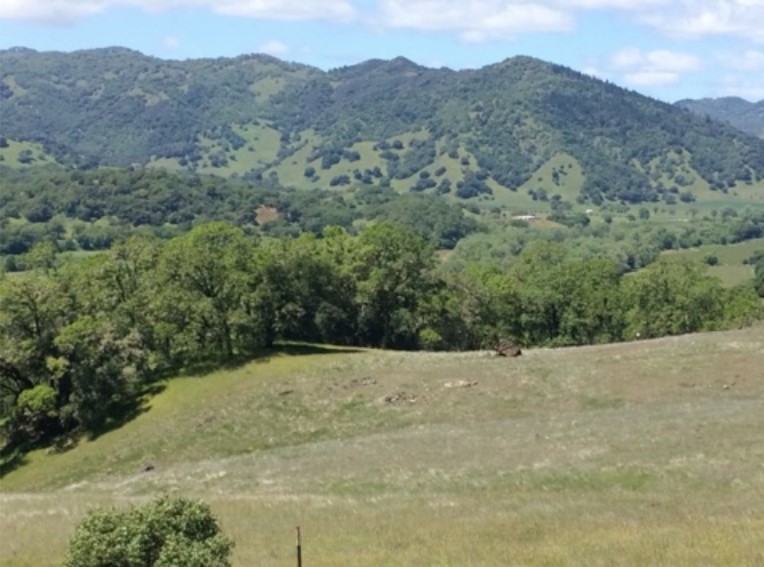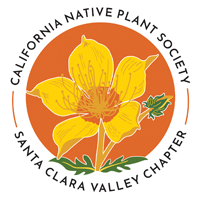Native Plant Roots and Serpentine Soil
ln December 2017 Alexandria Igwe, a graduate student at the University of California, Davis, was awarded the Donald Mayall Research Scholarship by our Chapter. Alexandria (Allie) has shared with us an article describing the purpose of her research along with some preliminary results.
Native Plant Roots and Serpentine Soil
By Alexandria Igwe, UC Davis July 2018
 Soil found at Coyote Ridge, McLaughlin Natural Reserve, Hopland Research and Extension Center and Jasper Ridge Biological Preserve have one thing in common: they were created through the weathering of ultramafic rock. Soil created from ultramafic rocks, serpentine soil, covers about 1% of California, but 13% of the state’s endemic plant species call it home. Serpentine soil is easily identified when it exists next to nonserpentine soil. There is usually a sharp change in vegetation from oaks and tall grasses in nonserpentine soil to small wildflowers and sparse trees in serpentine soil. In general, serpentine and nonserpentine soil can be considered a world divided. Many plants that exist on one soil type cannot survive on the other. Still, there are a class of serpentine-indifferent plants that are able to grow on both serpentine and nonserpentine soils.
Soil found at Coyote Ridge, McLaughlin Natural Reserve, Hopland Research and Extension Center and Jasper Ridge Biological Preserve have one thing in common: they were created through the weathering of ultramafic rock. Soil created from ultramafic rocks, serpentine soil, covers about 1% of California, but 13% of the state’s endemic plant species call it home. Serpentine soil is easily identified when it exists next to nonserpentine soil. There is usually a sharp change in vegetation from oaks and tall grasses in nonserpentine soil to small wildflowers and sparse trees in serpentine soil. In general, serpentine and nonserpentine soil can be considered a world divided. Many plants that exist on one soil type cannot survive on the other. Still, there are a class of serpentine-indifferent plants that are able to grow on both serpentine and nonserpentine soils.
Read more:
- Summary version on page 6 of Sep-Oct 2018 Blazing Star Newsletter
- Detailed version (PDF)
We thank Alexandria for her research and look forward to hearing more about her interesting work in serpentine habitat as her studies are completed. Alexandria may be reached at This email address is being protected from spambots. You need JavaScript enabled to view it..

